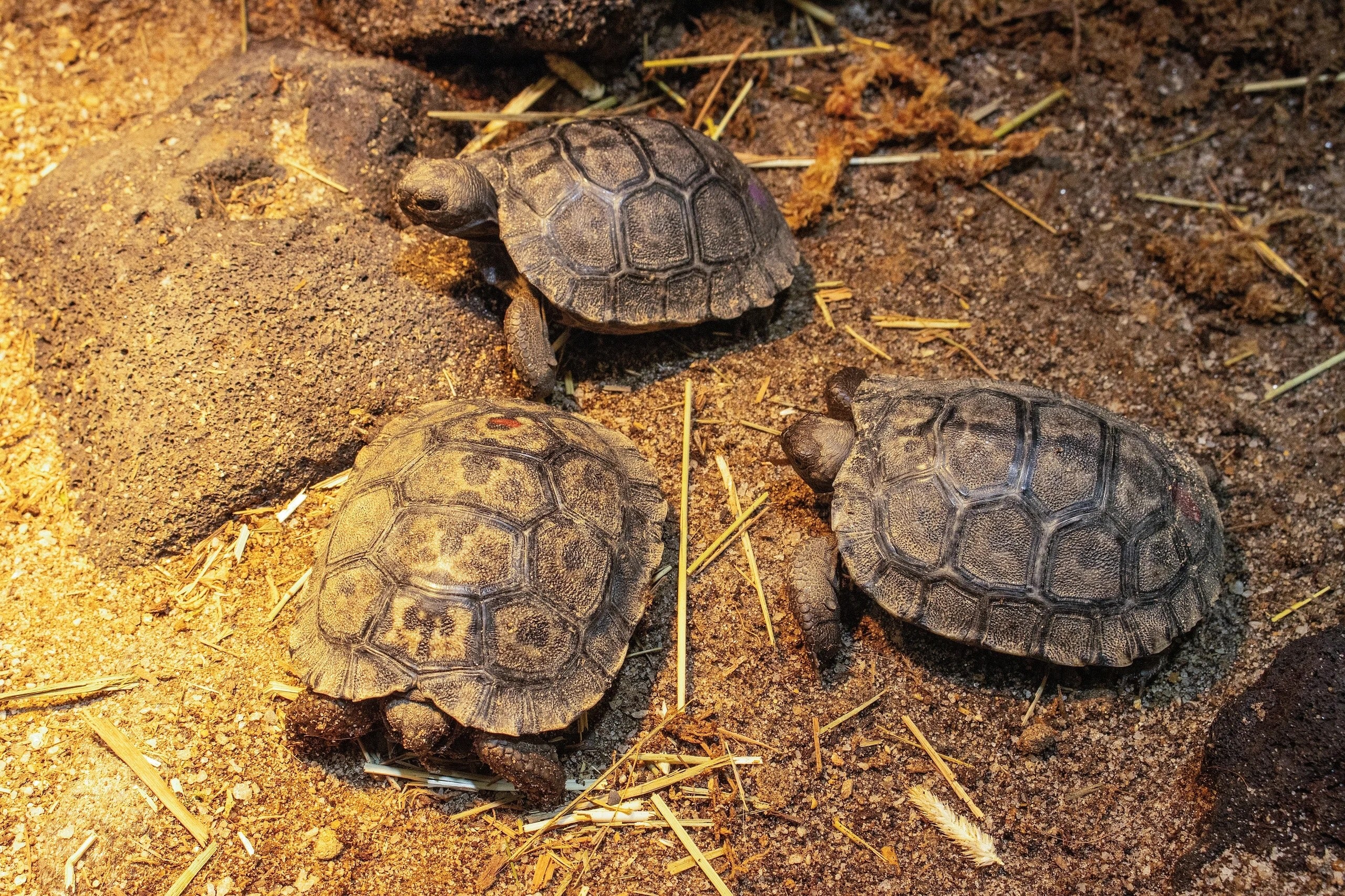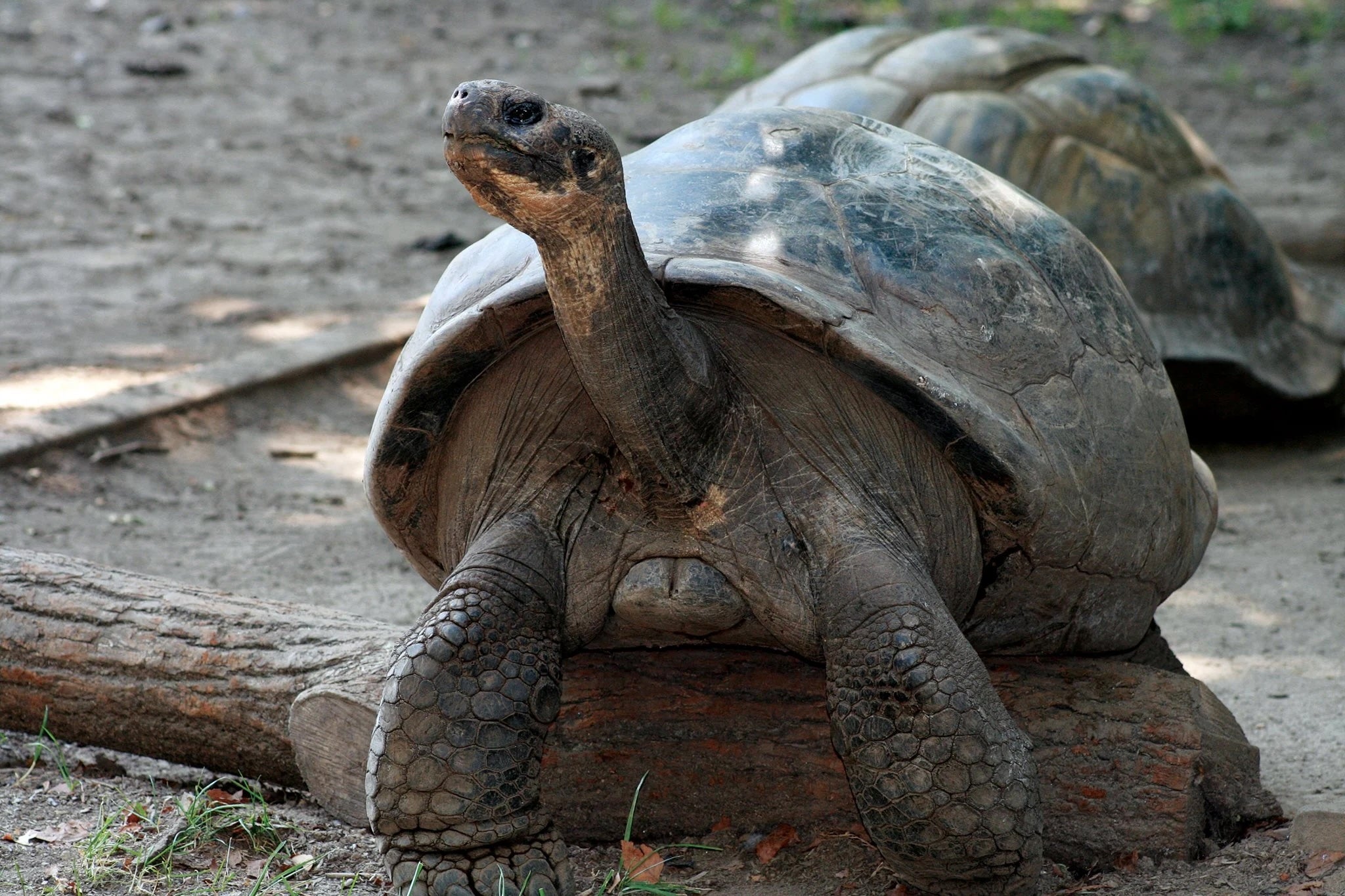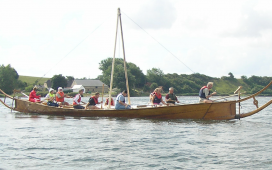Four critically endangered Western Santa Cruz Galapagos tortoises have hatched for the first time in the Philadelphia Zoo’s 150-year history.
The hatchlings were born to the approximately 100-year-old Western Santa Cruz Galapagos tortoise known as “Mommy,” who is now the oldest first-time mom of her species and the zoo’s oldest resident.
“Mommy arrived at the Zoo in 1932, meaning anyone that has visited the Zoo for the last 92 years has likely seen her. Philadelphia Zoo’s vision is that those hatchlings will be a part of a thriving population of Galapagos tortoises on our healthy planet 100 years from now,” Philadelphia Zoo’s president Dr. Jo-Elle Mogerman said in a statement.
The hatchlings’ father, “Abrazzo,” is also estimated to be around the same age.
The first of the little reptiles hatched on February 27 and they are expected to make their public debut on April 23.

They are part of the Association of Zoos and Aquariums (AZA) Species Survival Plan breeding program. Mommy is considered to be one of the most genetically valuable Galapagos tortoises in the program.
Abrazzo came to the zoo in 2020. Since then, Mommy has laid four clutches of eggs. But, the prior three were not viable. These hatchlings were from a clutch she laid in November.
Female tortoises typically lay between two and 20 eggs in a hole they dig. Mommy laid 16 last year. Half were incubated as female and the others were incubated as males. The baby tortoises that have hatched were incubated at a higher temperature, which produces female tortoises.
The eggs hatch after four to eight months. The hatchlings are currently growing at the zoo’s Reptile and Amphibian House and weigh about as much as a chicken egg.
“As an AZA-accredited institution, we take great responsibility participating in the Galapagos Tortoise Species Survival Plan, and are thrilled for this successful pairing of Mommy and Abrazzo,” said Vice President of Animal Well-Being and Conservation Rachel Metz.
“At one point, each of the Galapagos Islands had its own unique Galapagos tortoise, but sadly, several of them are now extinct,” she added. “These hatchlings not only protect the species from extinction, but serve as important ambassadors to inspire guests to save wildlife and wild places.”

The zoo is home to three adult Galapagos tortoises, including another female named Little Girl.
Galapagos tortoises, which can be found on the Pacific Galapagos Islands off the coast of Ecuador, are the largest living species of tortoise. Males can grow to as many as 500 pounds, while females average around 250 pounds.
The cold-blooded animals typically spend one to two hours basking in the sun before another eight to nine hours of grazing and relaxing.
Scientists estimate they can live between 100 to 200 years old.
There are currently 13 living species that are native to seven of the island. Western Santa Cruz Galapagos tortoises are threatened by human-wildlife conflict, the introduction of invasive species, and habitat loss. Climate change is also a concerning factor that researchers say could affect the tortoises’ reproductive success. There are now only around 3,400 left in the wild.








